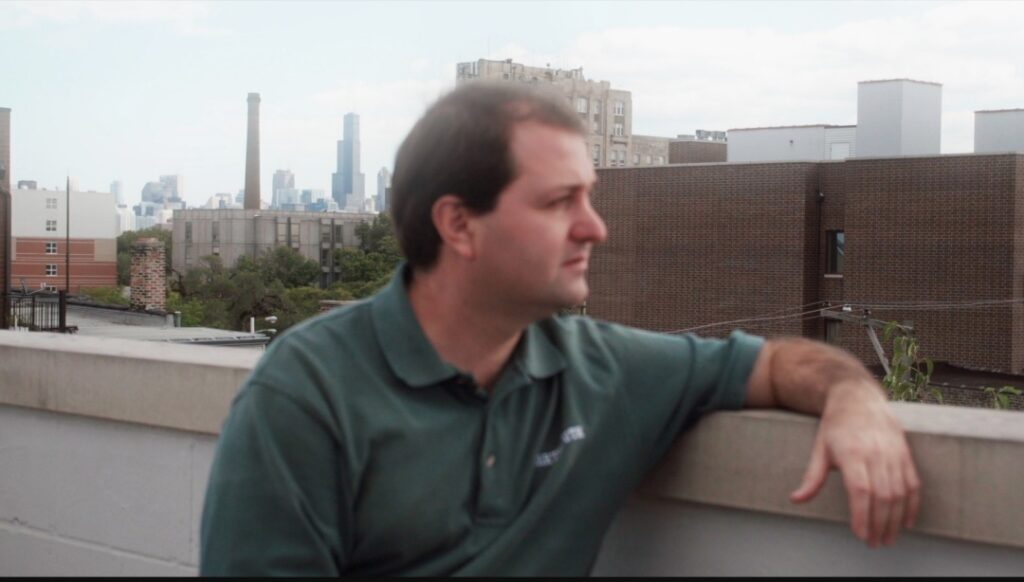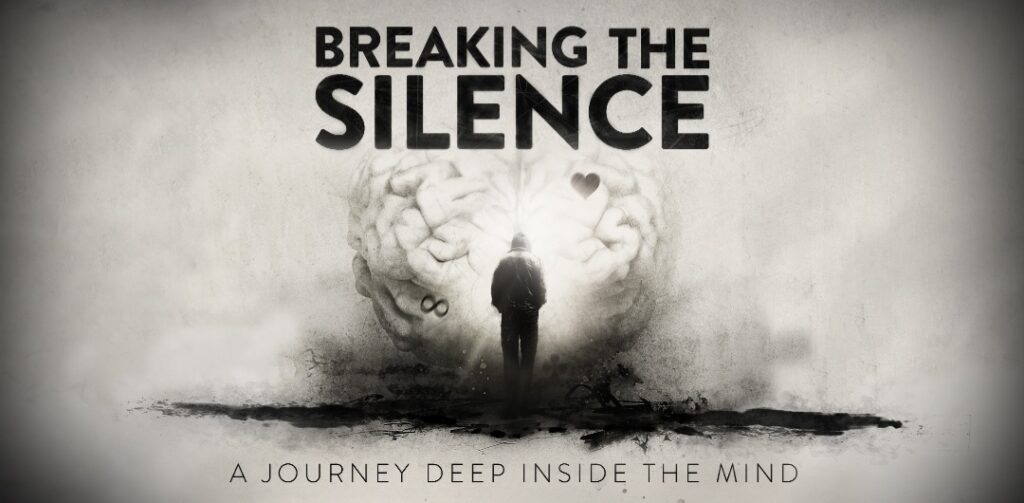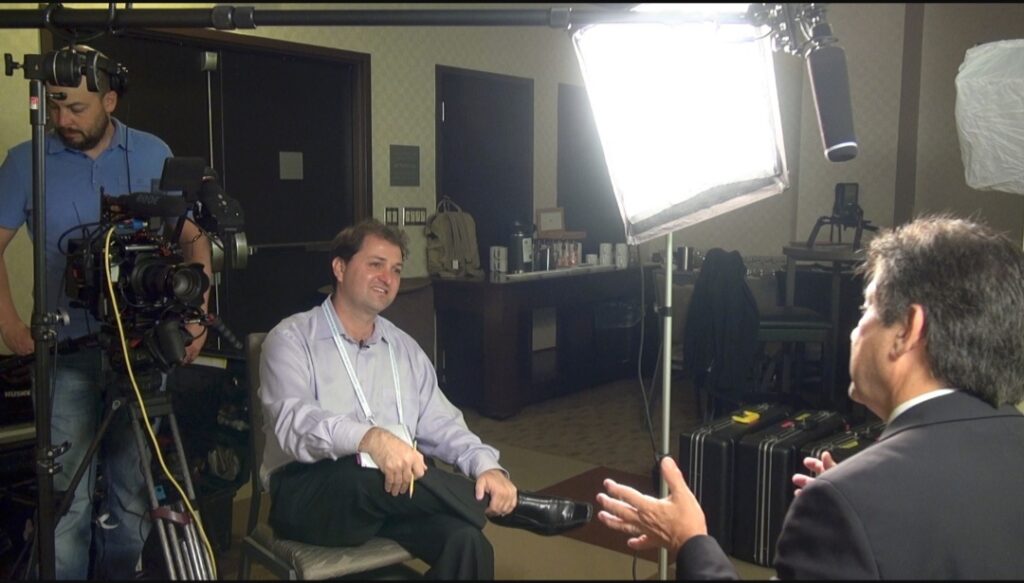Mental illness is bad enough, but so is the possibility that many will endure the pain by themselves. That said, Dara Sanandaji knows on both counts and has an assurance in his film, Breaking The Silence. “You’re not alone in your suffering. You’re not alone in your confusion, and you’re not alone in your desire to turn things around,” his voice-over opens the award-winning 57 minute documentary. Thus breaking the solitude, he goes a step further. “In short, my friends, this film is for you.” The filmmaker dedicates, and because we can all be touched by the disease, no one else is meant to be left out either.

As a result the film which is co-directed by Sanandaji and Freddie Bell, gets right to it by defining psychosis. Generally, instructs Dr. Jong Yoon, “there’s a loss of touch of reality.”
Including hallucinations and delusions, the assertion establishes the scientific tier of the presentation, and then quickly switches to the personal layer of the exploration. “But before I could go any further, I had to do a little investigation into myself,” the director reasoned.
Sanandaji sits down with his therapist and describes his first experience with hearing things. A casual conversation to start, a relatable bond with the actual science is intended, and when the details escalate, the drama is all the more real. Accompanied with sketches to detail this first break, we understand the uncertainty of experiences, are a mix of reality and delusion.

The mish-mash then leads back into the science. Schizophrenia, Bipolar, Schizoaffective Disorder and Depression with Psychotic Features, among the conditions, all seem to intersect and diverge. At the same time, they are far different than physical disorders that can be easily pinpointed. In keeping, the scientists tell us in their terms and Sanandaji relates in a language we can understand.
Of course, the vagueness of diagnosis makes treatment the same sort of crapshoot. “There’s many drugs available but it is not possible to say – this is the right drug for this patient,” revealed Dr. Mauricio Tohen of the University of New Mexico. “Sometimes it’s just trial and error.”
Still, the doctors don’t toss out their degrees, and imagery helps represent the path between science and the leap of faith needed to navigate psychosis. So the presentation utilizes psychedelic Gregg Jaffe animation of the mind, and compares and contrasts with the sophisticated visual specs of the brain and human synapses.

Humanity in a nutshell, Sanandaji identifies the mind vs. matter nature of existence and sees opportunity despite the despair. He believes mania and psychosis are teachers, since alleviation requires introspection. Thus, connections are revealed that most sane people wouldn’t notice. A new perspective results, according to his voice-over, and so does the inspired ability to create and evolve.
In tandem, the score sounds like a ticking clock – and not one of a countdown. Instead, the increments signal that we are getting closer to something wonderful.
His experts concur the creative possibilities from documented research, and the relatable proof is this film. The only remaining tragedy is the solitary journey Sanandaji took, and Breaking The Silence is a plea for people who fail to realize – that they don’t have to follow suit.


